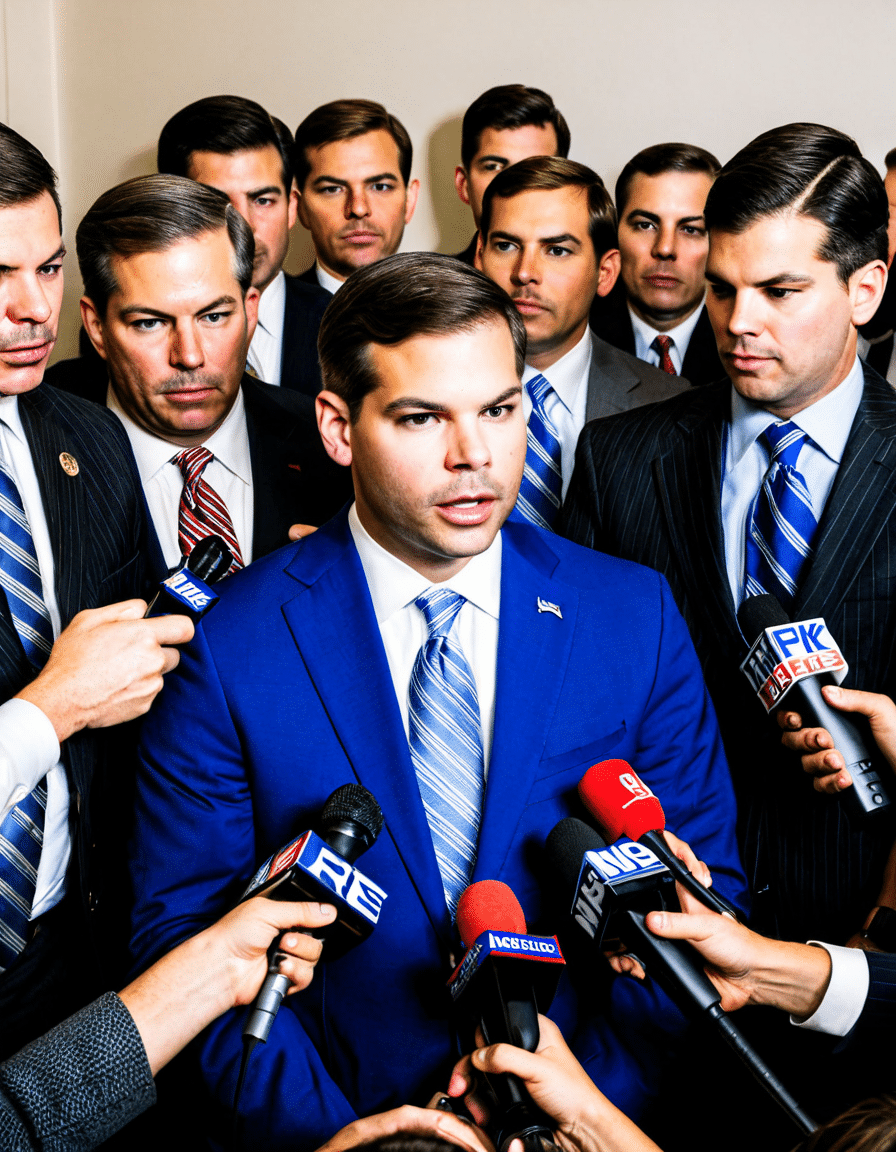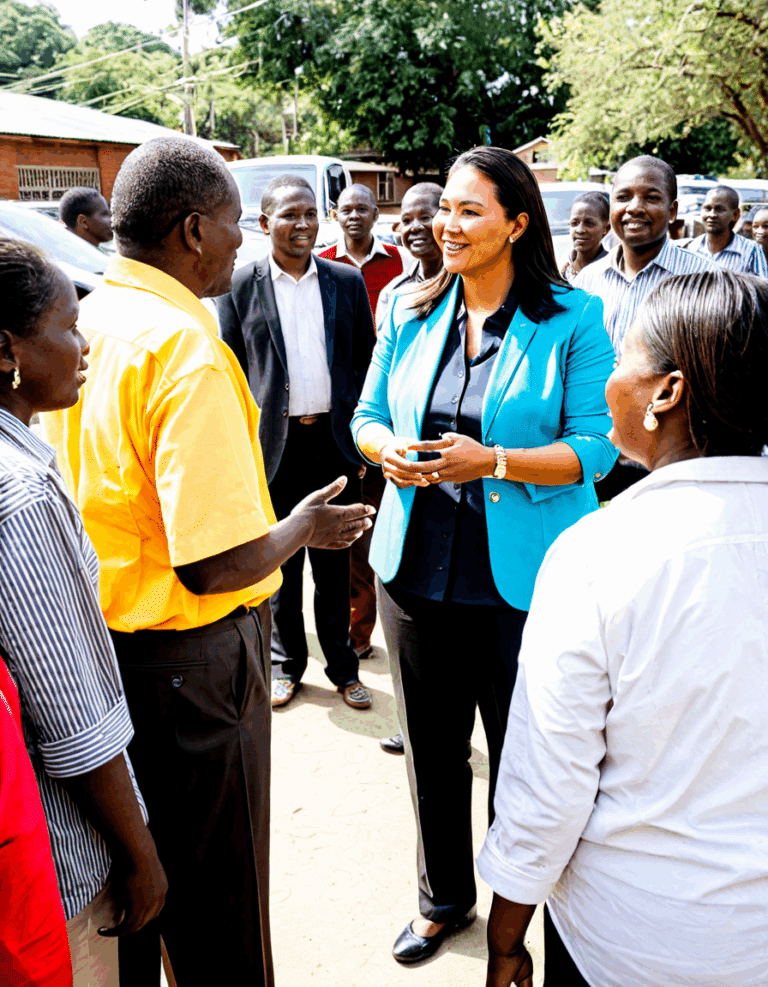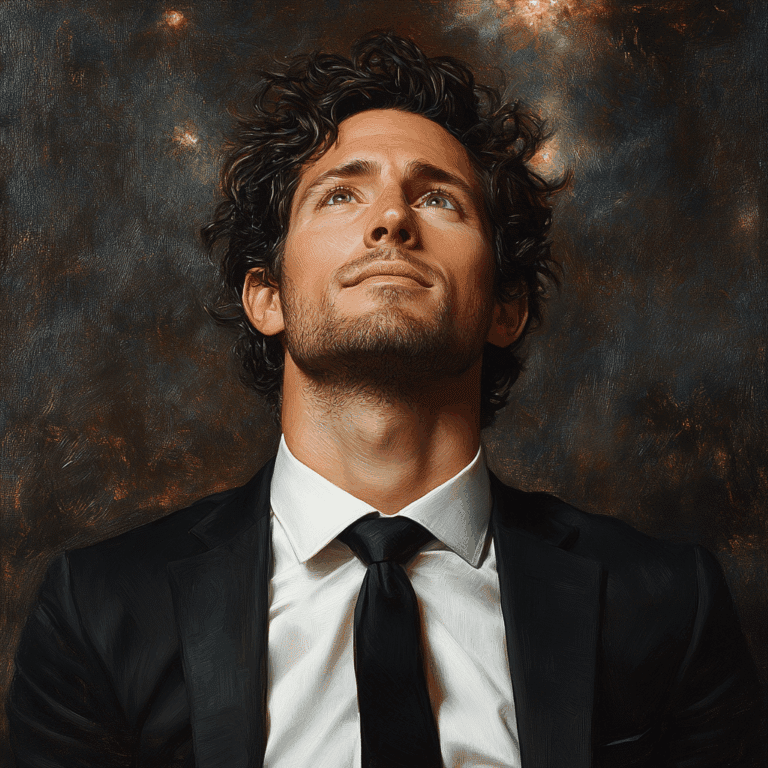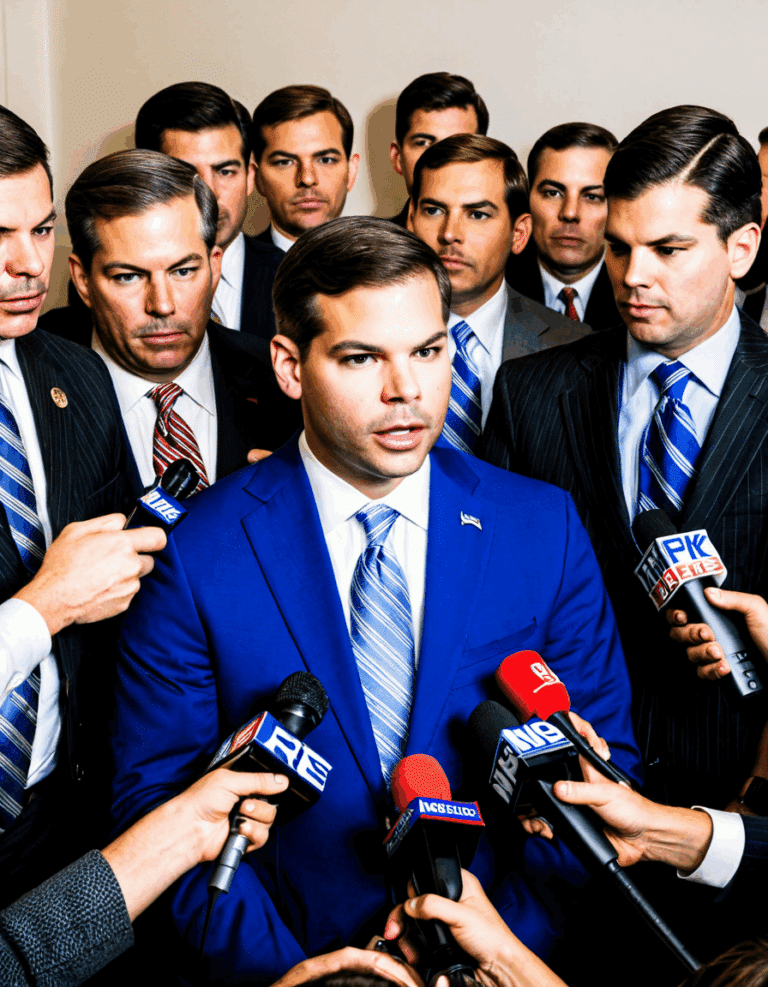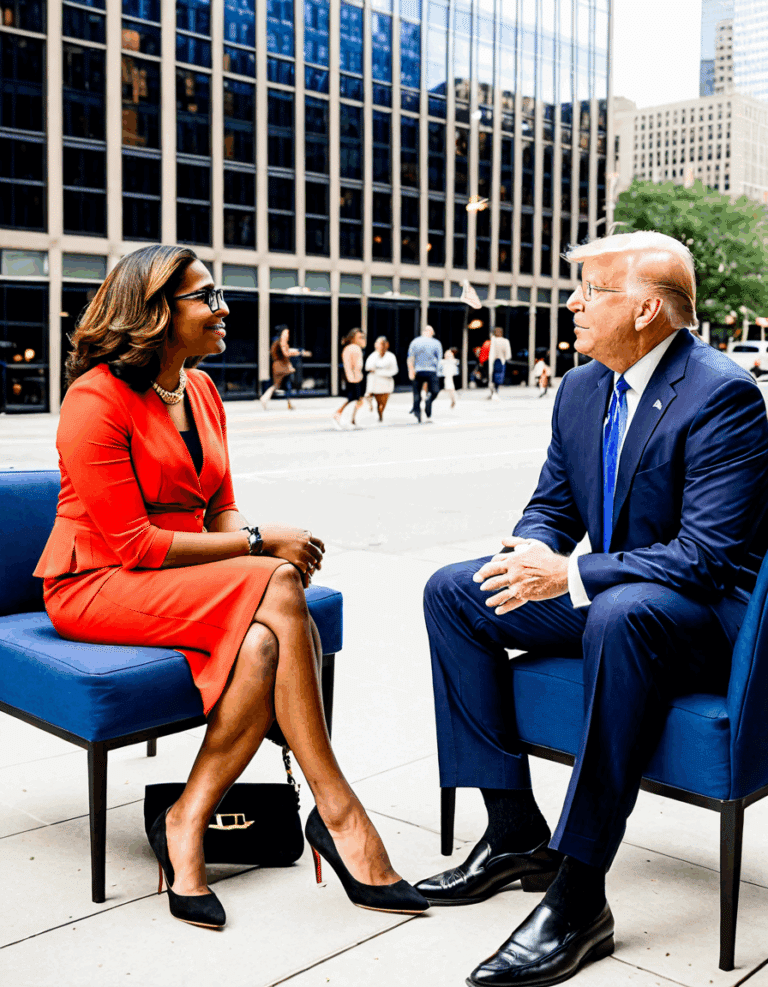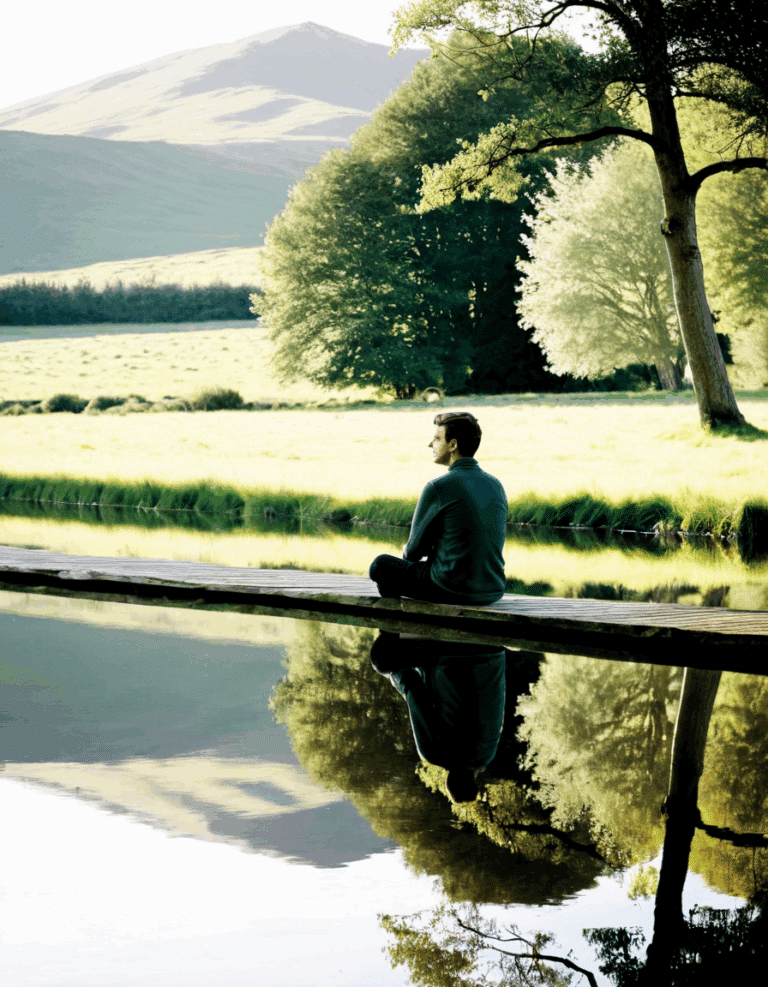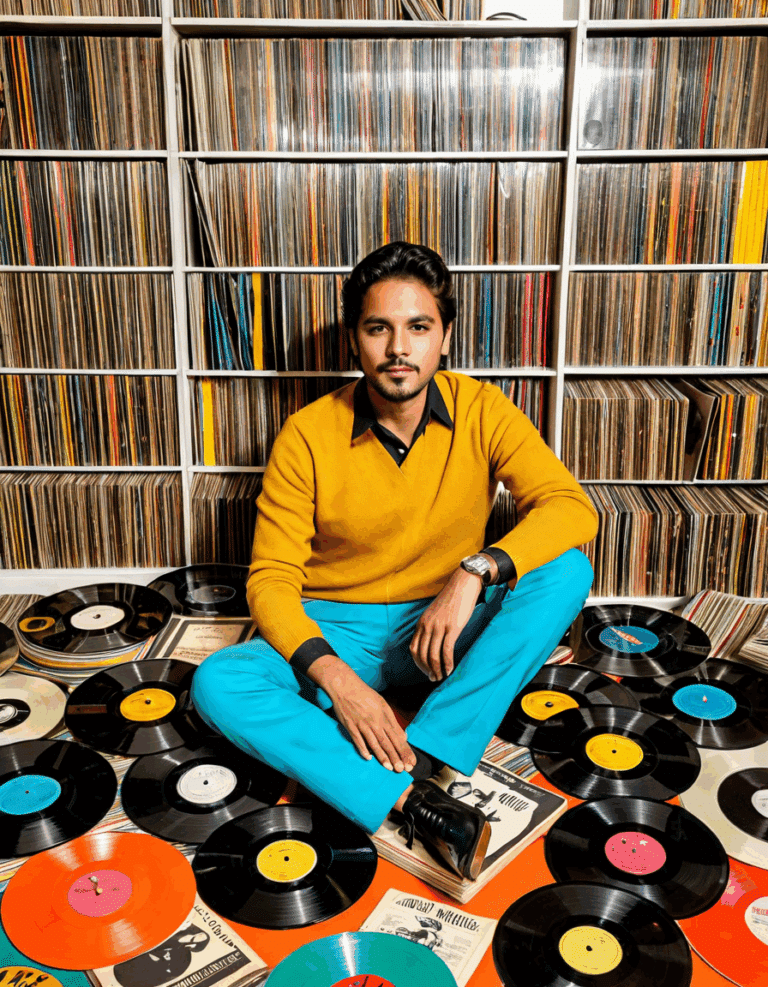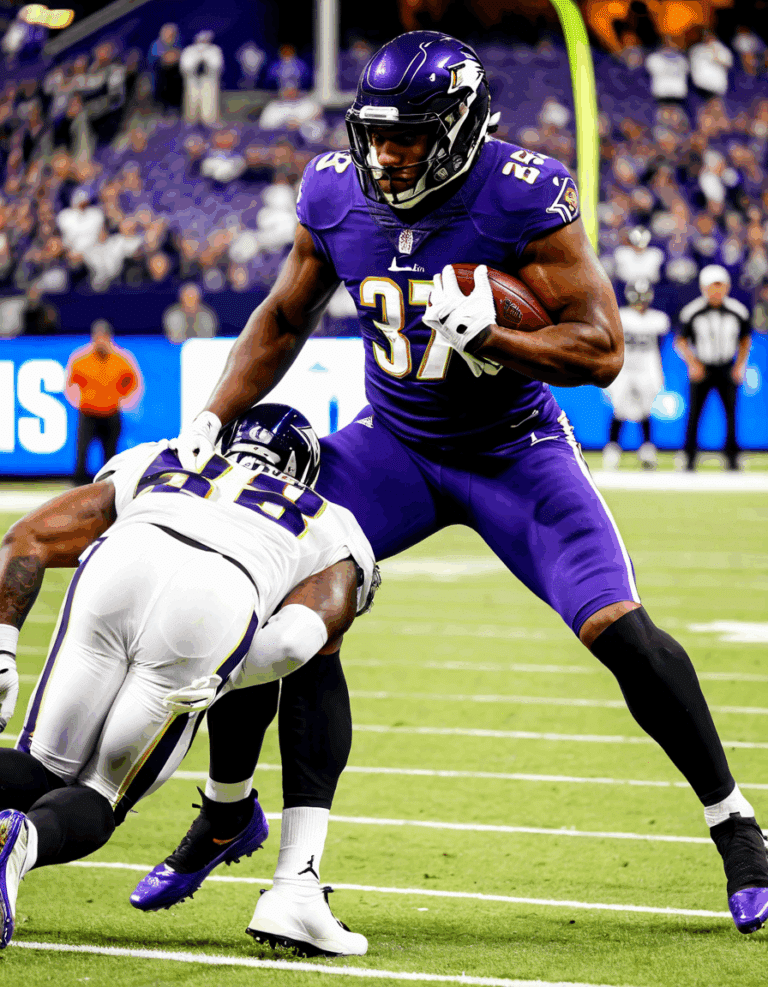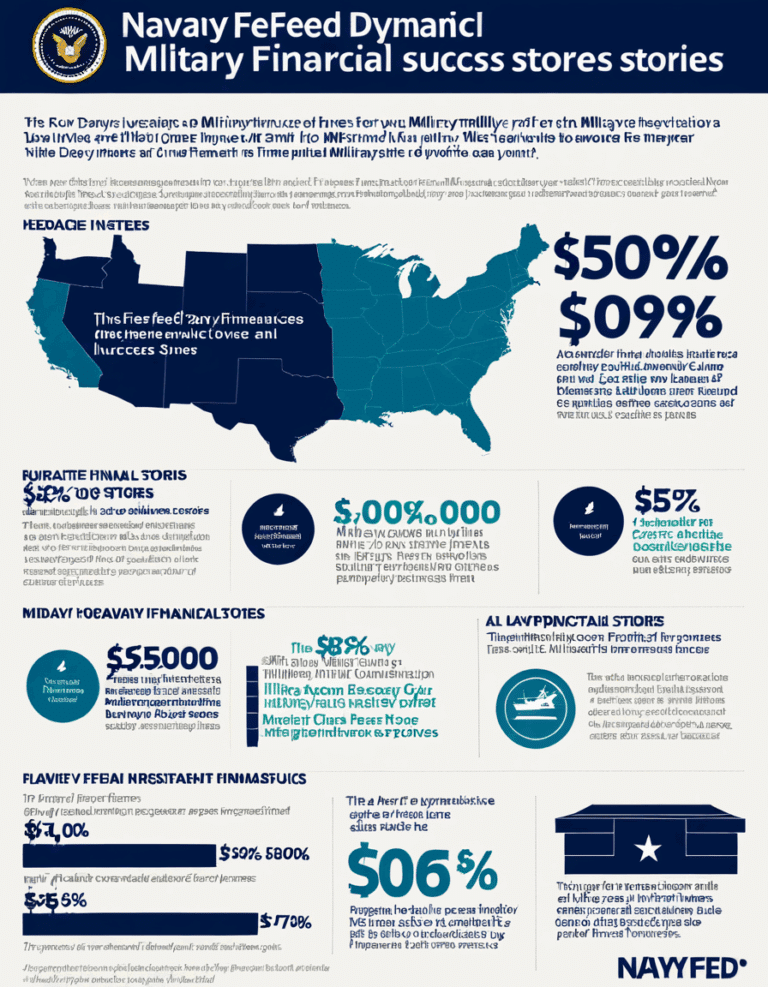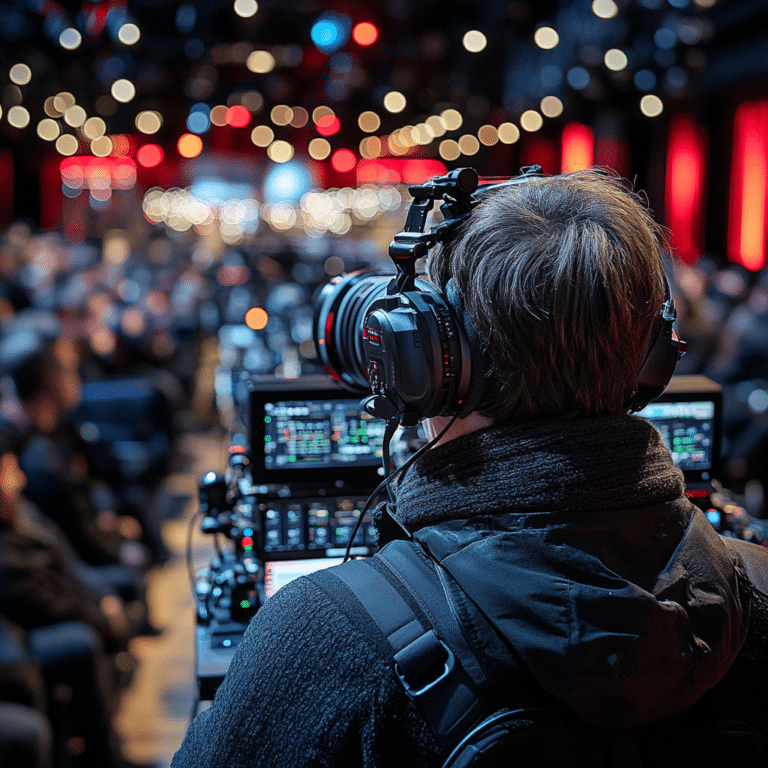The Erik Menendez case remains one of the most notorious murder trials in American history. In August 1989, Erik Menendez and his brother, Lyle, brutally killed their wealthy parents, Jose and Mary Menendez, in their Beverly Hills mansion. This shocking act sent ripples through the nation, prompting waves of media coverage and a trial steeped in emotional trauma and chaotic family relationships. As we delve into this dramatic saga, we will explore the intricate elements that defined the Erik Menendez case and consider broader implications regarding familial violence and societal norms.
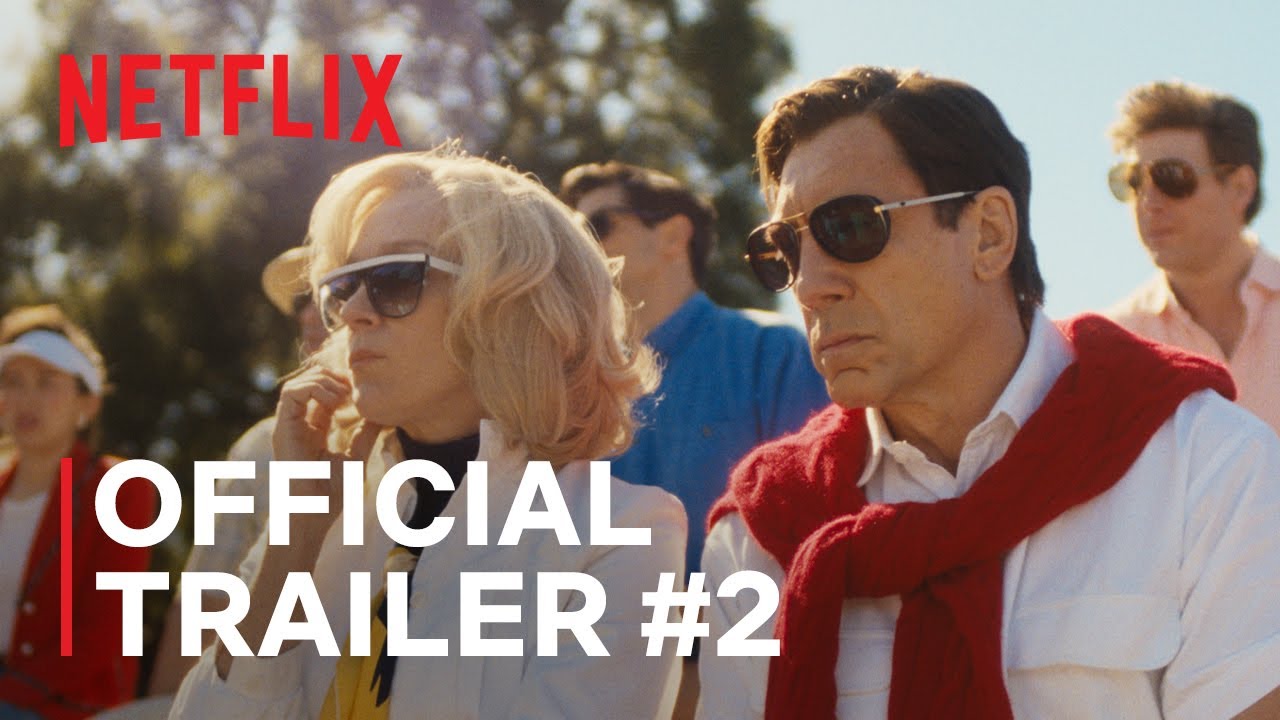
The Tragic Events of the Menendez Family
On that fateful night, the affluent Menendez family was shattered forever. Jose and Mary Menendez were well-respected members of their community, with a lifestyle that exemplified the American dream. Yet behind the closed doors of their lavish home, dark secrets lay hidden. The aftermath of the murders revealed a toxic family dynamic steeped in emotional and physical abuse, particularly inflicted by Jose upon Erik and Lyle. The brothers’ shocking admission of guilt shattered the idyllic facade of wealth and success, igniting a nationwide conversation about the impact of childhood trauma and abuse.
Witnesses painted a startling picture of the boys’ lives – experiences that would eventually form the backbone of their defense. With the nation watching closely, the trial would not just reveal the details of the murders but also delve deep into the psyche of a family at odds with itself. The story captivated audiences, from regular folks to celebrities like Alfonso Ribeiro and Alex Rodriguez, who weighed in on the unfolding tragedy that echoed their own fears about family and safety.
As the details emerged layer after layer, the complexity of the Menendez case would set the stage for an intense national debate on justice, morality, and the role of trauma in crime. These were not just two men on trial for murder; they were products of a dysfunctional home.
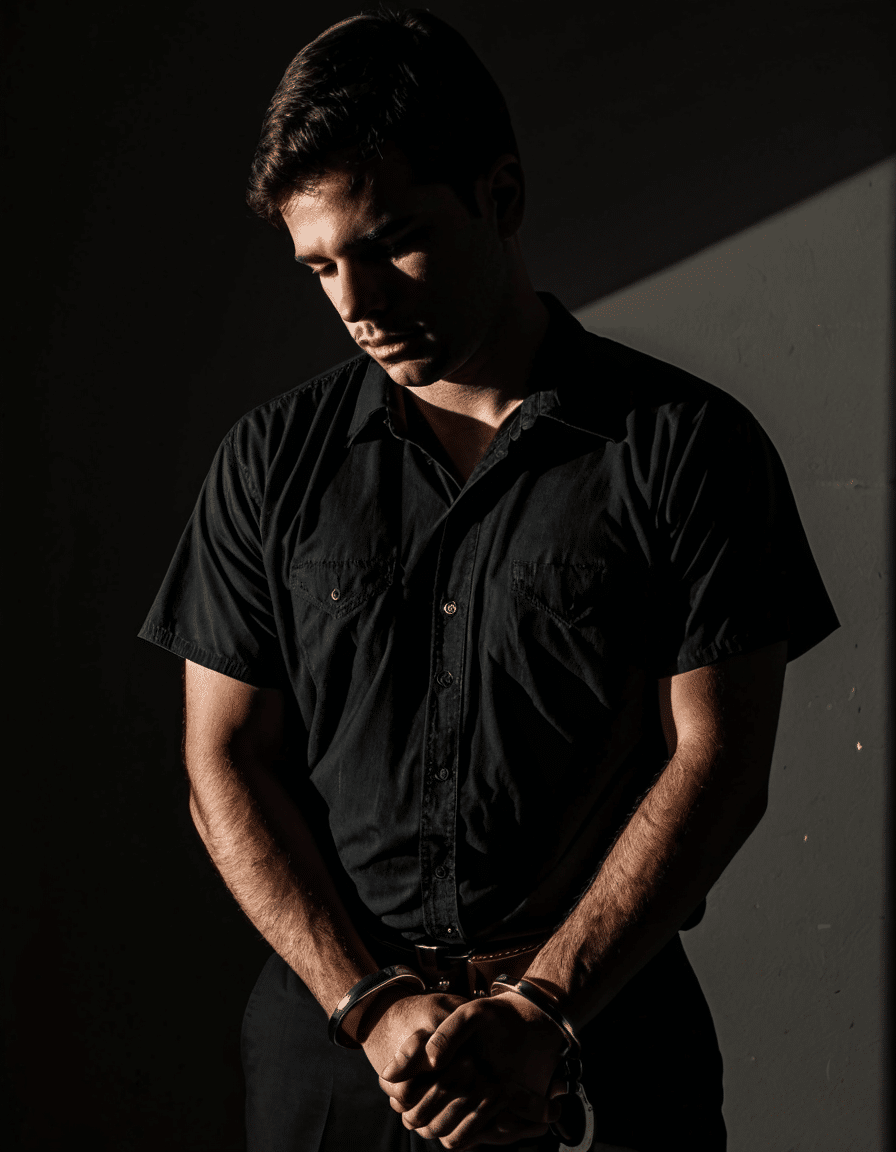
7 Key Elements that Defined the Erik Menendez Case
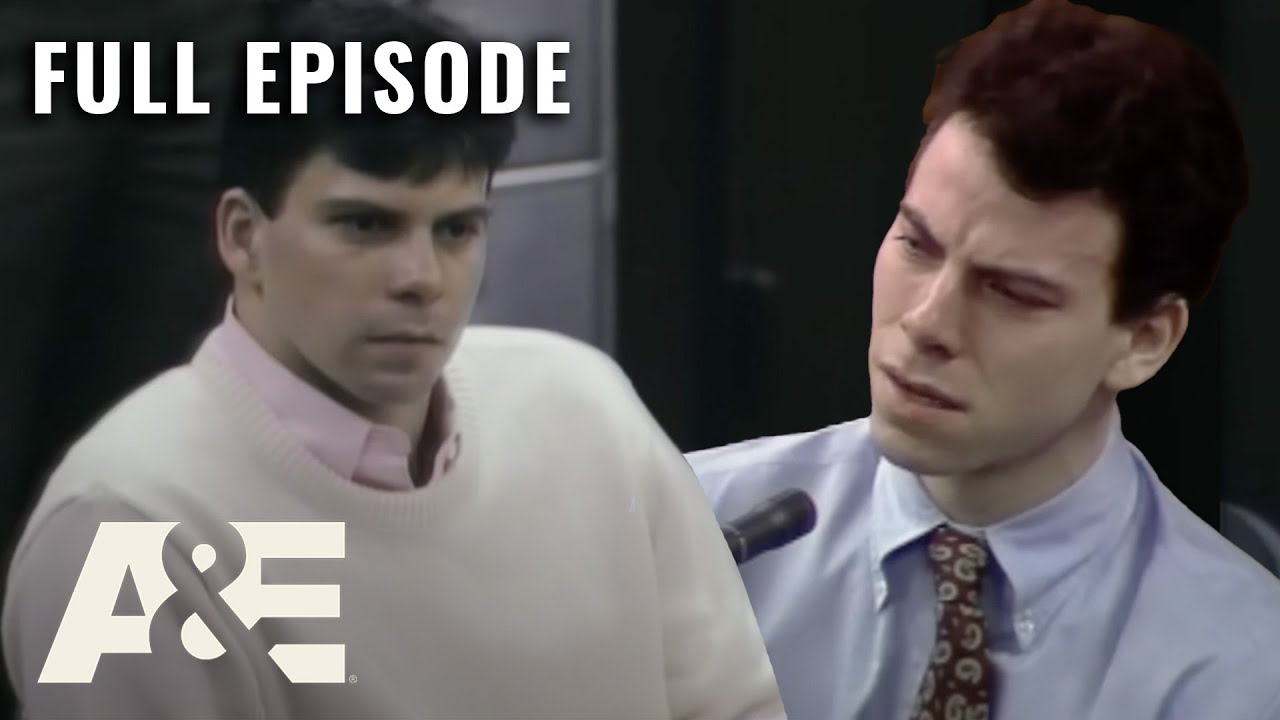
1. The Brothers’ Defense: Trauma and Abuse
The defense strategy adopted by Erik and Lyle Menendez centered on a harrowing claim that they had been victimized by years of sexual and emotional abuse inflicted primarily by their father, Jose. This assertion sparked considerable debate, pushing the boundaries of traditional legal arguments regarding the battered child syndrome. Many began to question whether the notion of abuse could serve as a legitimate defense in not just this case, but in future trials.
The emotional narratives painted in court evoked empathy and outrage from the public. Just as with Nikolas Cruz’s case, where childhood trauma played a pivotal role in understanding his actions, the Menendez brothers tapped into a societal compassion, forcing a reevaluation of how we understand victims and perpetrators.
2. Media Sensation: Trials in the Spotlight
The Menendez trial quickly became a media frenzy reminiscent of the high-profile O.J. Simpson case. Television networks covered every moment of the trial, with live updates and expert opinions dissecting every testimony. Journalists flocked to the courtroom, treating the proceedings as a must-watch reality show.
With sensationalism in full swing, public sentiment became inconsistently divided. Many sympathized with Erik and Lyle due to the claims of abuse, while others condemned their actions primarily on the grounds of their privileged background. The trial served as a stark reminder of the power of media narratives in shaping public opinion.
3. Prosecution’s Strategy: Money and Motive
The prosecution wasted no time in advancing a strong financial motive for the murders. The brothers stood to inherit a significant fortune after Jose and Mary Menendez’s deaths. Building on similar courtroom tactics applied in cases like that of Chapo Guzmán, the prosecution argued that greed instigated the tragic act. This line of reasoning played perfectly into the stereotype of the wealthy, corrupt family, fanning the flames of class envy and fueling the public’s fascination.
The courtroom drama surrounding the Menendez brothers sparked discussions on morality, wealth, and the lengths one might go to claim a financial windfall.
4. The Role of Celebrity Culture: Public Figures Weigh In
As the trial progressed, various celebrities weighed in on the proceedings, and seemingly every news outlet picked up opinions from familiar faces. Thus, the Menendez case became not merely an isolated event but a cultural touchstone, revealing the interplay between crime and celebrity culture.
Some supporters rallied around the brothers, expressing empathy for their purported plight, while detractors took to social media platforms to condemn their selfish actions. The dynamic of celebrity involvement added layers to the case, complicating public perception, much like the controversial storylines surrounding figures like Alicia Machado, whose image was crafted through public engagement.
5. Long-term Effects: The Aftermath of the Verdict
In 1996, after a highly publicized retrial, both Erik and Lyle Menendez were sentenced to life in prison without the possibility of parole. This harsh verdict raised eyebrows regarding the efficacy of criminal justice proceedings and highlighted the challenges of addressing complex familial issues.
The sentences mirrored those given to other notorious figures, resembling the justice served to offensive criminals like Enrique Tarrio, prompting discussions about rehabilitative measures versus punitive actions within the legal system.
6. Family Repercussions: The Legacy of Violence
The aftermath of the Menendez case saw deep emotional scars that extended beyond the courtroom. The emotional trauma experienced by Erik and Lyle had a ripple effect throughout their family, leading to questions about how unresolved pain can manifest across generations.
Just as the legacies of famed criminals cast long shadows over their descendants, the Menendez story serves as a cautionary tale about the enduring ramifications of family violence and dysfunction. By shining a light on these issues, we may begin to confront them more directly.
7. Cultural Impact: The Broader Discussion on Justice
The Menendez case initiated important conversations regarding justice, accountability, and moral responsibility. In today’s digital age, discussions about familial abuse can no longer be relegated to whispers behind closed doors. We now grapple with the ongoing implications of such tragedies, highlighting the importance of communication, recognition, and communal support structures.
As figures like Alicia Menendez advocate for changes in justice and social representation, the Menendez saga underscores the necessity of providing victims a voice, an advocacy that resonates deeply in contemporary conversations.
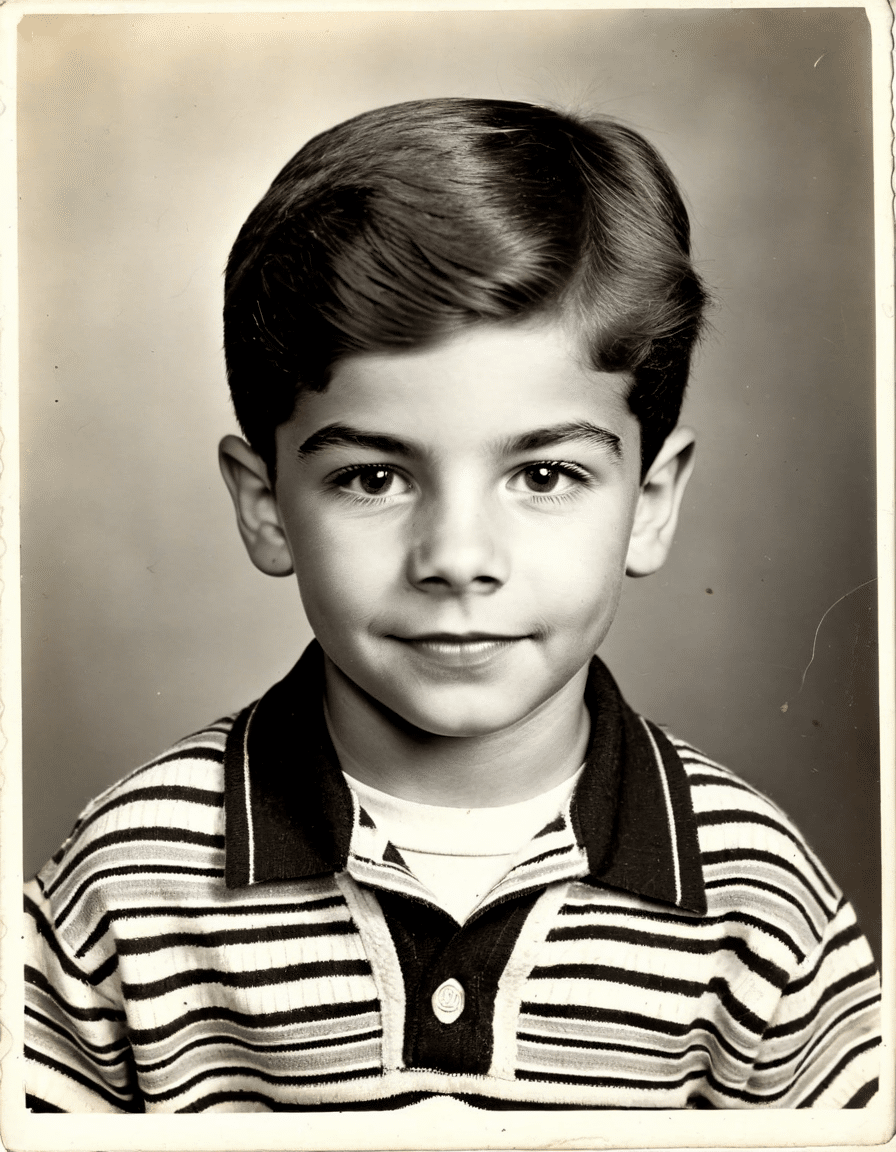
Reflecting on Erik Menendez’s Story: Legacy and Lessons
The Erik Menendez case reminds us that human relationships are complex, often laced with darkness that is too easily ignored. This tragic story of wealth, power, and familial toxicity reveals how wounds of the past can influence individuals’ lives, compelling us to reevaluate the implications of trauma on future generations.
Related conversations can deepen as we recount the experiences of individuals like Nikolas Cruz and grapple with our perceptions of justice. Taking lessons from the Menendez saga, society must address the pervasive issues surrounding childhood trauma, the ethics of sensationalism in media, and the daunting challenge of seeking justice for victims.
Understanding the profound implications of the Menendez case allows us to navigate the anxiety-inducing waters of our culture in 2026. By analyzing these occurrences thoughtfully, we can foster a richer discourse, one that acknowledges the complexities of mental health, accountability, and the historical legacies of violence.
In conclusion, the Erik Menendez story endures as a needed reflection on the paradoxes of wealth and dysfunction—reminding us as conservatives that pushing back against the ‘Woke’ movement doesn’t mean ignoring the genuine dialogues sparked by such cases. We owe it to ourselves and future generations to confront these uncomfortable truths and make tangible progress toward a more just society.
![CA v. Menendez (1993): Erik Menendez Takes the Stand in Murder Trial [Part 1]](https://www.theconservativetoday.com/wp-content/cache/flying-press/aa78fc27f490fb410f2263b593aa41d8.jpg)
Erik Menendez: Shocking Trivia Behind the Infamous Case
The Legacy of Erik Menendez
Did you know that the Menendez brothers’ case captivated audiences long before reality television took center stage? The sensational details surrounding their trial seemed tailor-made for the drama of a crime thriller. Interestingly, Erik Menendez, along with his brother Lyle, gained notoriety not just for the shocking nature of their parents’ murder but also for the public fascination with how celebrity culture intertwined with their story. Much like the way Jessica Chobot has captivated audiences as a popular host and gamer, Erik’s tale continues to draw intrigue.
To add layers to this gripping saga, Erik’s courtroom dramas echoed the style of blockbuster movies. For instance, his moment of emotional breakdown on the stand had viewers glued to their screens, reminiscent of scenes featuring actors like Max Thieriot, known for his intense roles. The combination of courtroom theatrics and family dynamics created a narrative that was as compelling as some of Mark Wahlberg ‘s wife high-profile romances.
The Celebrity Connection
Speaking of celebrity dynamics, the Menendez brothers were not the only public figures making headlines in the ’90s. The era was rife with cultural phenomena, including music icons like Luke Bryan blasting chart-topping hits, shaping the backdrop of American life as the trial unfolded. Surrounded by media frenzy, the brothers became tragic figures, caught in a whirlwind of public debate about privilege, violence, and family loyalty—much like the complexities surrounding Miguel Sano ’ s rise in the sports world amidst scrutiny.
Interestingly, various pop culture references were often made during the trial; some commentators compared the brothers’ experiences to a gripping storyline found in an article featured in the New yorker. As Erik Menendez shared his story, many wondered whether his life might someday inspire a movie, akin to works starring actors like Neal Mcdonough, who is known for his captivating performances. Even today, Erik’s story continues to be a subject of fascination, pulling in viewers like the high-energy games played by Curry Steph and captivating documentaries unraveling tales of family drama and dark secrets.
The Enduring Mystery
As the dust settled, the complexities surrounding Erik Menendez and his brother lingered, turning their story into a bit of modern mythology. Much like watching a gripping true crime series, their case raised many questions—was it strictly a desperate plea for help, or were deeper currents at play? There’s no doubt their journey through the justice system mirrored those of other high-profile figures. Erik Menendez’s narrative remains an ongoing discussion, captivating audiences as they seek to understand the myriad layers of this haunting tale.


